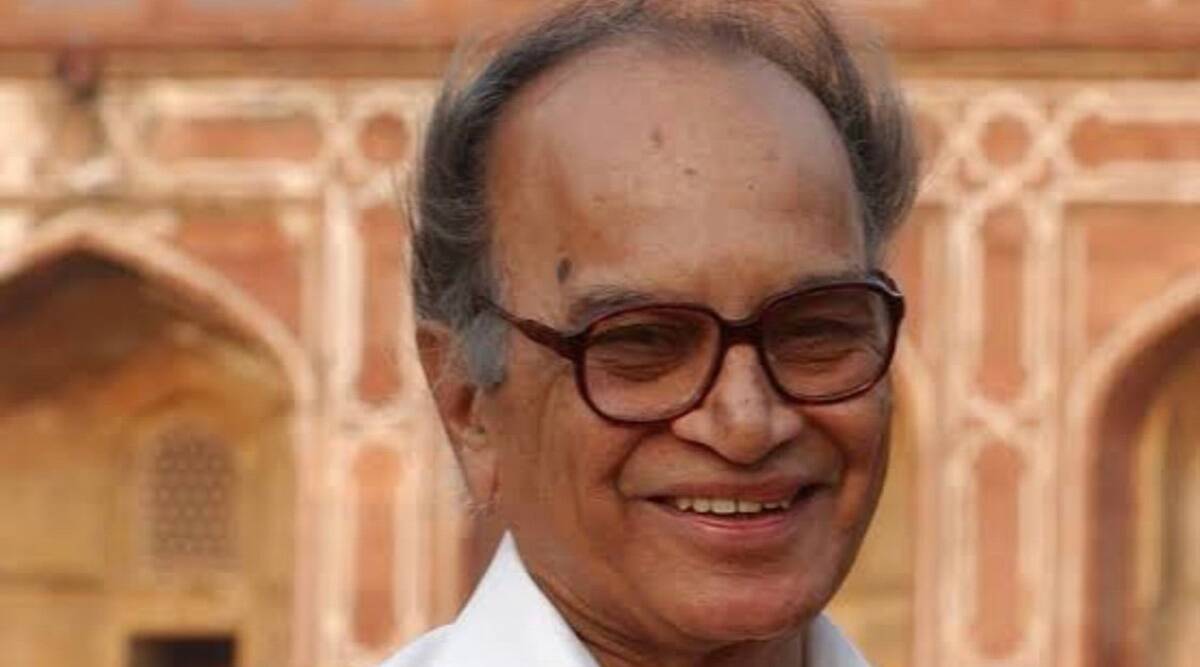Shri Jagmohan has included the draft of a letter which he had written in his hand to be sent to Prime Minister V P Singh but which was never sent. (The text of this letter is to be found on page 471 of his book My Frozen Turbulence ….) In the endnote to the letter, Shri Jagmohan writes, “I scribbled this letter, late in the evening, in my hand and put it in my briefcase to get it typed the following day by my private secretary. But by the morning, the surging turbulence within me had frozen in my mind. The long walk around the Raj Bhavan garden strengthened the encasing around this turbulence. The cool, crisp and gentle breeze had done the trick. The letter was neither typed nor posted.”
It is not a longish letter, just three small but compact paragraphs. Jagmohan succinctly alludes to certain measure he had taken that gave his administration an upper hand at a crucial time when armed insurgency was climbing to its peak. He was regularly sending the reports of how his administration was establishing control over the situation and elements that were working to frustrate the will of the executive.
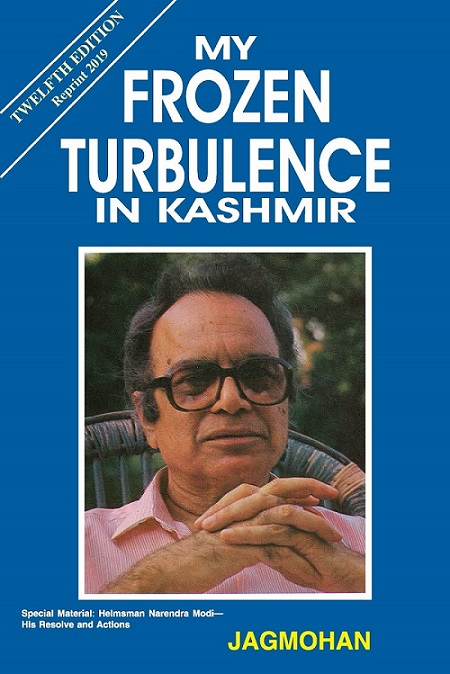
After briefly expressing the course of events, Jagmohan bluntly writes to the PM that inducting George Fernandes as Kashmir Affairs Minister had created a piquant situation because how George began to move and handle the situation on the ground was done at his level without asking for coordination with the Governor’s administration and policy. In the letter, Jagmohan has not described the strange ways of George Fernandes behaviour in Kashmir as Kashmir Affairs Minster but tells the PM “if you think George Fernandes can perform this task better, I would be happy to step down at a few minutes’ notice.”
Concluding his letter Jagmohan writes to the PM: “I mean no offence to anyone. But I would not hesitate to say that the whirlpools of confusion and contradictions that are being created around me and the new fronts that are being opened for me to attend to and the thunderbolts of disinformation that are being regularly hurled through cleverly planned stories and statements in the press would result in the total undoing of what has been done so far after so much of pain, labour and risk.”
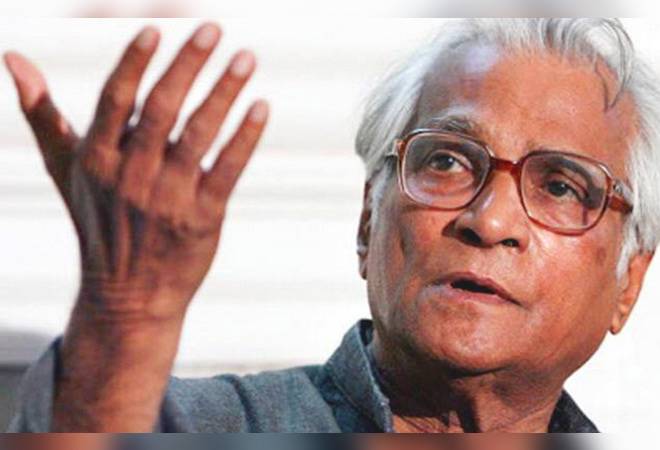
The preceding paragraph clearly explains why Jagmohan did not send the letter. He had invested enormous planning, risk and tactical initiative in meeting the grave situation that had arisen and was looking straight into his eyeball. His planning had begun to yield dividends and if he were allowed the freedom of operating according to his plan, the situation in Kashmir would have been arrested from slipping out of hands. He was confident that George Fernandes had no knowledge of the background of the Kashmir uprising nor did he understand the psyche of the Kashmiri leadership. Thus, if allowed to have his way, he would drag Kashmir to the abyss of destruction without the ability to control its downslide. Therefore, responding to his inner voice and the moral responsibility which his official position dictated, he changed his mind and instead of running away from the battlefield as Farooq Abdullah and his Congress coalitionists had done in January 1990, leaving the hapless Pandit minority to the mercy of the hungry wolves, he pursued his mission with reinforced will and determination.
In three preceding pages to the letter in question, Jagmohan has very vividly and pathetically detailed how the Centre was blind and clueless about the ground situation and instead was misguided by a clique with self-aggrandizement. In particular, VP Singh believed that George’s close friendship with Farooq Abdullah could help break the impasse in Kashmir.
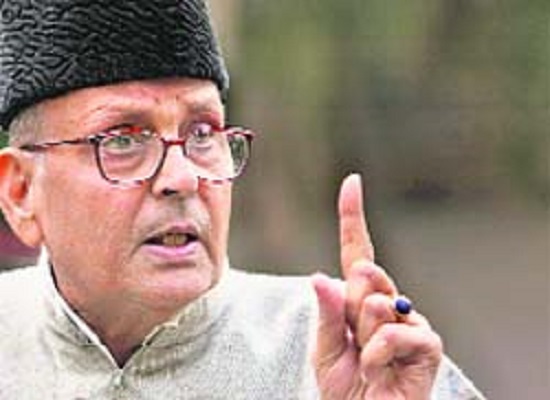
Jagmohan had respect for former PM VP Singh but he laments Singh’s lack of in-depth understanding of the Kashmir issue and its ramifications. He also says that though Mufti Muhammad Sayeed, the then Home Minister, also did not like that Kashmir Affairs Minister was unavoidable to be appointed, but perhaps other forces namely Rajiv Gandhi and Farooq Abdullah were at work. They were engaged in building an edifice of canards and falsehoods to support their policy.
Jagmohan writes that under Article 192 of the Constitution of J&K, the Governor of J&K, when Governor’s rules are promulgated, is completely free to run the administration of the State seeking guidance from none but the President of India. He is neither bound to seek the consent of the PM nor the Home Minister in administering the State. As such the appointment of a Minister of Kashmir Affairs by the Cabinet without the consent or approval of the Governor of J&K (which indirectly meant from the President of India) was constitutionally, morally and administratively untenable.
There are clear hints in these pages which suggest that despite the constitutional flaw in the appointment of George as Kashmir Affairs Minister, Governor Jagmohan, the epitome of power and authority in the State at the point of time was still prepared to cooperate and run the administration efficiently and effectively only if George Fernandes had not behaved in curious and in an undiplomatic manner only to appease Farooq Abdullah and some of his cronies.
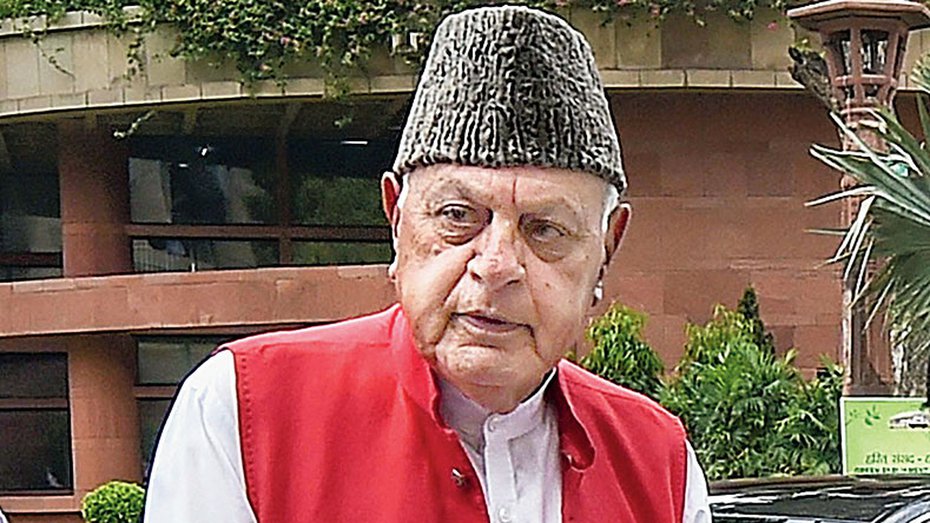
Let us now examine how the unsolicited interference and illogical actions of George Fernandes, the newly appointed Kashmir Affairs Minister, put a spike in the effective administration of Governor Jagmohan. What the Union government did was to create a parallel and overlapping organization that was “administratively unsound, legally unsustainable and morally indefensible. Was I needed only for the unpleasant task? Or did the Government have no clear perception of the reality, no idea about its direction or purpose?” writes Jagmohan (p 470).
Contrary to what was stated by the Prime Minister in the Parliament, George Fernandes set up a parallel organization. A whole-time Secretary of Kashmir Affairs, Bhaskar Ghosh, was appointed. Two joint secretaries, Syed Rizvi and B.R. Singh IAS Officers of J&K Cadres, were also appointed. B.R. Singh was believed to be close to Dr Farooq Abdullah. His unusual actions, taken at the behest of the chief minister, were the main causes of the resignation of R.S Chib, a well-meaning minister in Fargo’s cabinet. George created a nucleus of his own in the higher services of the State through Ashok Jaitley, an IAS Officer in who he always evinced keen interest. When George was a minister in the Janata government, he had appointed Jaitely as his Special Assistant and now insisted on me take him as Chief Secretary. But Mufti saved the situation.
The ISI of Pakistan and the local fundamentalists and the fanatics were not playing an ordinary game. They had undertaken a ruthless venture and they had almost succeeded. Their deep penetration into the organs of power structure before January 19, 1990, had given them a sense of confidence and also wherewithal to know who was doing what. The premature political process could do nothing but harm. It allowed the hardcore pro-Pakistan terrorist organizations like Hizbul Mujahidin to eliminate those who could be of real help at the later stage, when the public in general and those occupying the seats of power in the local police and other services, at the operational level in particular, were left in doubt about the complete ascendency of the state ministration and para-military forces.
Jagmohan writes, “How George Fernandes proceeded was still more damaging. He would frequently come to Srinagar without taking me in confidence, talk to a few persons on phone with the help of some BSF or CRP officials, seek interviews with un-responsive elements such as Dr A A Guru, advocate Mian Qoyyum and Jamaat-i-Islami’s Abdul Ghani Bhat, and then go back to New Delhi and clam, through inspired press reports, the success of his mission in establishing contacts. His modus operandi not only resulted in misleading the public opinion at the national level about the nature and efficacy of the so-called political process but also made the pro-Pakistani terrorist organizations extra inquisitive about the persons whom George Fernandes spoke or met. It was his premature action and talk of having established contacts that, in part, was responsible for the assassinations of Mir Mustafa, former MLA and Mirwaiz Maulavi Farooq.” (p 466)
One wonders how George behaved naively in matters of great seriousness at that time. He did not see the contradiction in what he was doing. On the one hand, he was working as a friend of Farooq Abdullah, on the other he was trying to cultivate those elements whose suspicions were aroused by the very mention of the name of Farooq Abdullah. These elements entertained deep suspicions about the attitude of the New Delhi towards Farooq Abdullah. They thought that he would somehow be brought back again as chief minister. Frequent talks about the revival of the State Assembly strengthened their suspicion.
This analysis makes a few things very clear to us. In 1990, when the VP Singh government was in the Centre, there was no clear Kashmir policy of the government nor was any minister aware of the nature and roots of armed insurgency in Kashmir. Cheap political leaders in New Delhi were indulging in cheap politicking of Kashmir issue and all that happened was the minister in charge of Kashmir issue was projecting his achievements which were not only zero in reality but false and fabricated. Whom were they deceiving?
This sordid state of affairs should clear the doubts in the minds of the Kashmir displaced Pandits that anybody cared for them or would care for them in future. The Union government has been treating Kashmir as nothing more and nothing less than a colony and a political platform from where they can build their constituencies.
Our future generations should read Jagmohan’s monumental work My Frozen Turbulence as an eye-opener on the ground situation in Kashmir. After Kalhan Pandit’s Rajatarangini, Jagmohan’s book attains immortality for the Kashmiri Pandits. Those who read it between the lines will never ask the question of whether the Pandits will return to Wahhabized Kashmir.

